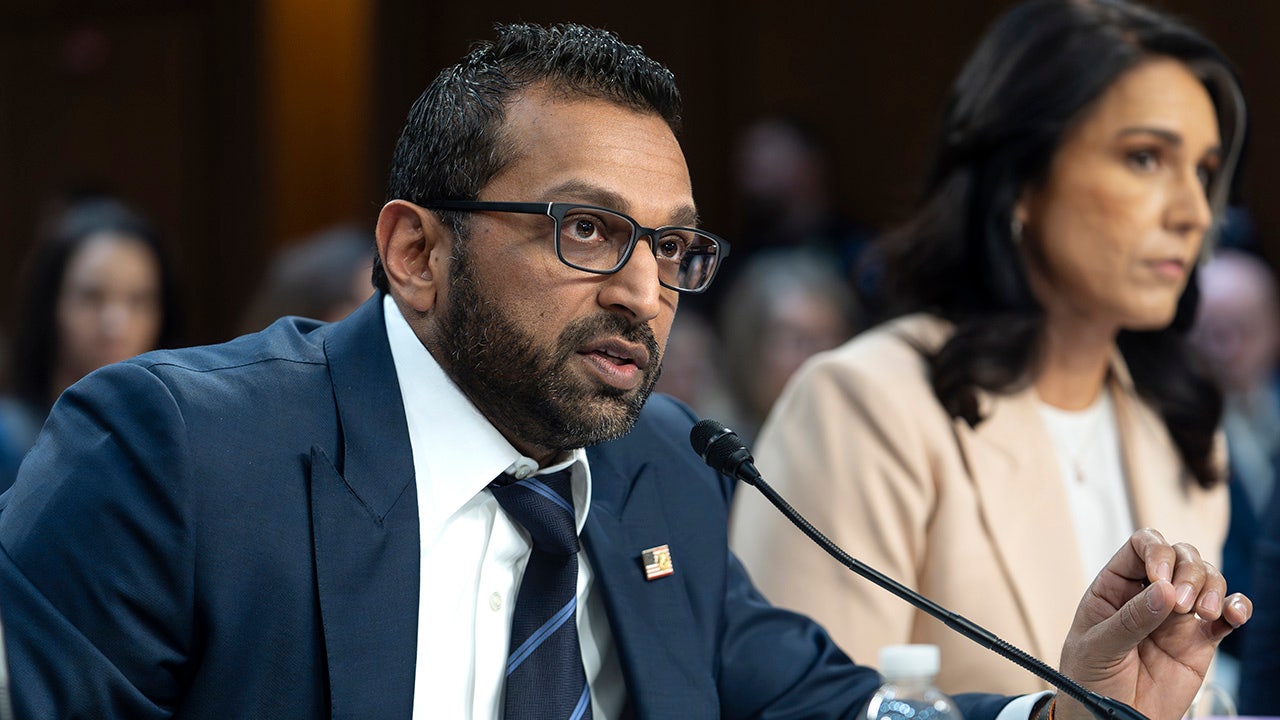Andrew Lisa
Sat, May 10, 2025, 1:01 PM 5 min read
Unfortunately, your bank’s mobile app can offer hackers access points to your most private and sensitive information — on your device, during data transfer and at your bank’s server. Even if your mobile phone is secure, if you are on a public Wi-Fi network or your money app has weak security, your financial information could fall victim to fraud when online banking.
Advertisement: High Yield Savings Offers
Powered by Money.com - Yahoo may earn commission from the links above.
Read Next: Fidelity Says This Is a Surprising Risk of Holding Too Much Cash — Do You Have Too Much?
Learn More: The New Retirement Problem Boomers Are Facing
Banks have made great advances in financial cybersecurity and limiting mobile device security risks, but there are still plenty of ways you can chip in to keep your most critical personal data as safe as possible when banking online. Here are eight tips to help protect your banking information.
The FTC advises that you’ll give hackers a harder time if you lock your phone, back up your data and keep your software up to date on both your devices and apps. This applies to mobile banking and all other mobile activities such as sending emails or text messages.
Start by choosing solid security measures such as strong passwords that you don’t recycle across platforms, guard your personal information closely and make sure you download the genuine bank app and not a fake banking app looking to steal your account numbers.
For You: I’m a Financial Advisor: My Wealthiest Clients All Do These 3 Things
When you download something from Google Play or the Apple App Store in order to help you with your daily banking needs, remember that banking apps are often more advanced than their parent organizations’ underlying operational systems. You should keep in mind that your app is only as secure as your network. So, don’t open your banking app when you’re on public Wi-Fi, and make sure you’re on a password-protected network or using your own cell phone data.
If your banking app doesn’t enable multi-factor authentication by default, switch it on manually. A verification email or message is an extra step, but one that’s more than justified considering the added layer of protection that it provides. Make sure to also use 2FA for your budgeting app or anywhere else your bank account might be linked.
No verification credential is un-hackable, and some security professionals disagree about the safety and privacy of biometrics. However, according to Norton, the industry consensus is that fingerprint recognition and face ID are harder to crack than alphanumeric passwords.
.png)
 German (DE)
German (DE)  English (US)
English (US)  Spanish (ES)
Spanish (ES)  French (FR)
French (FR)  Hindi (IN)
Hindi (IN)  Italian (IT)
Italian (IT)  Russian (RU)
Russian (RU) 








Comments